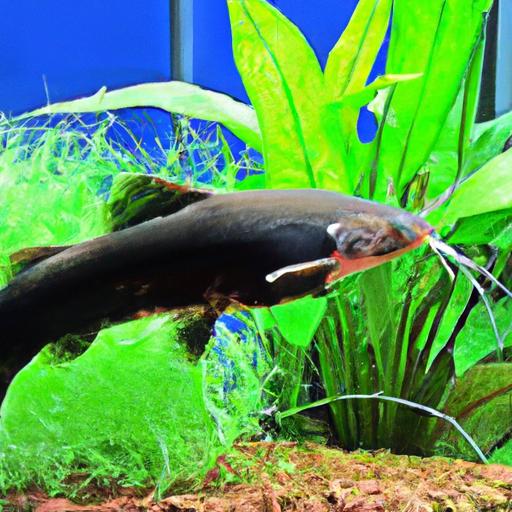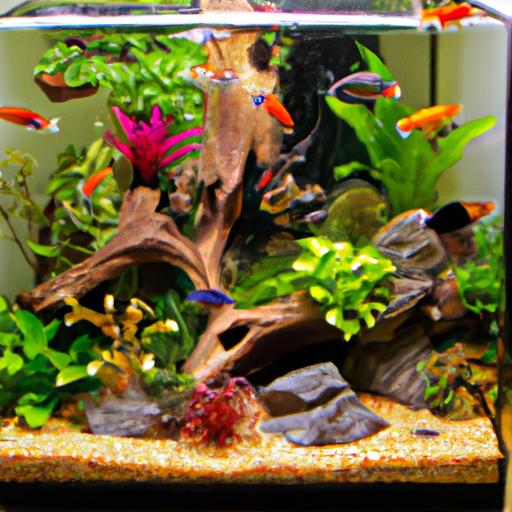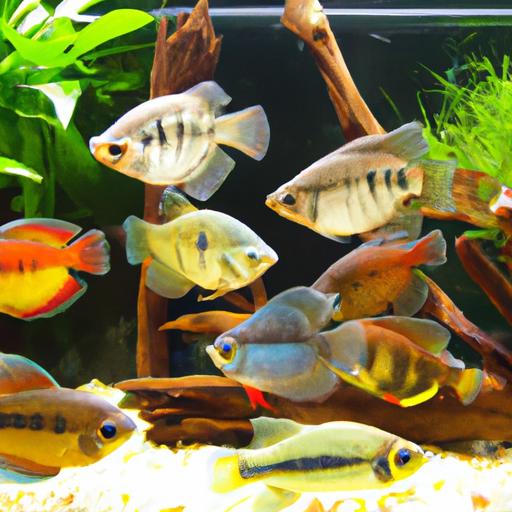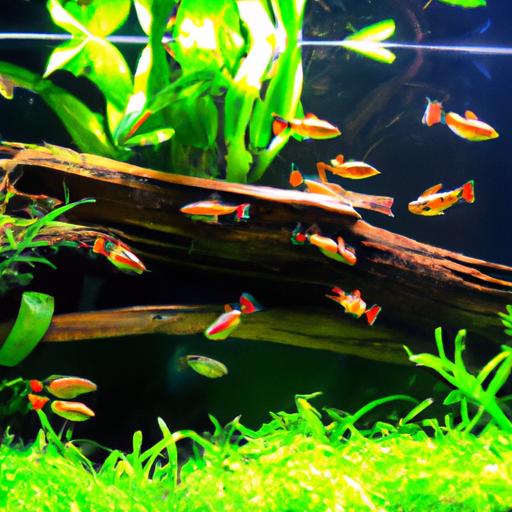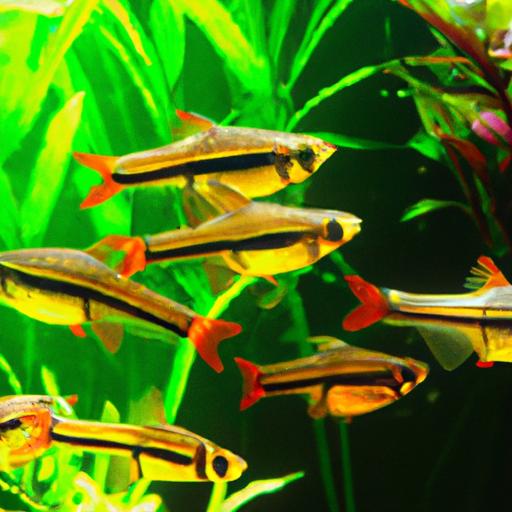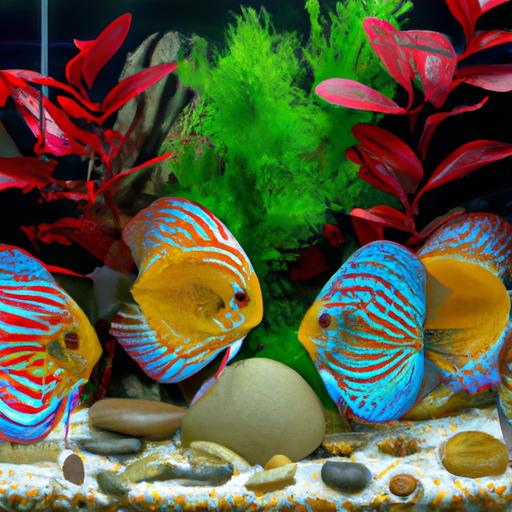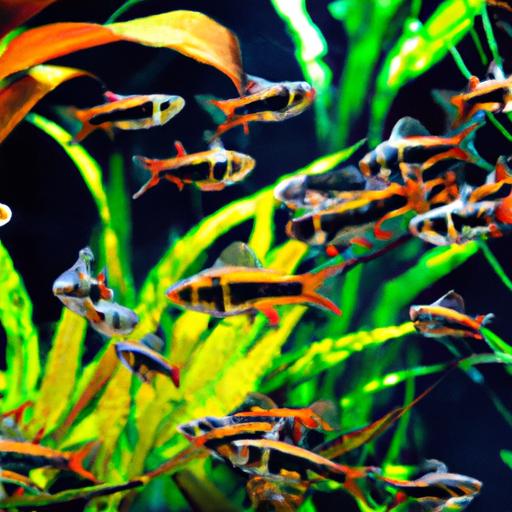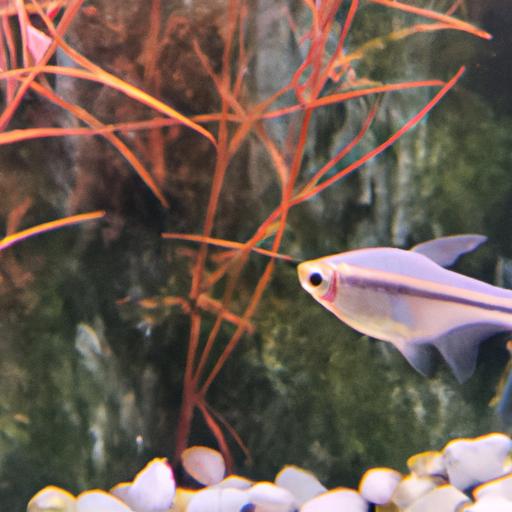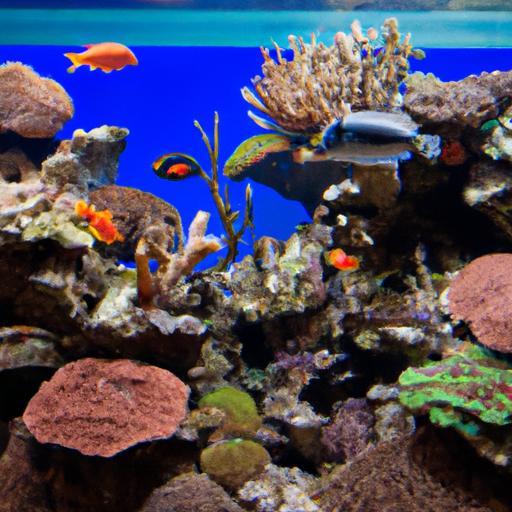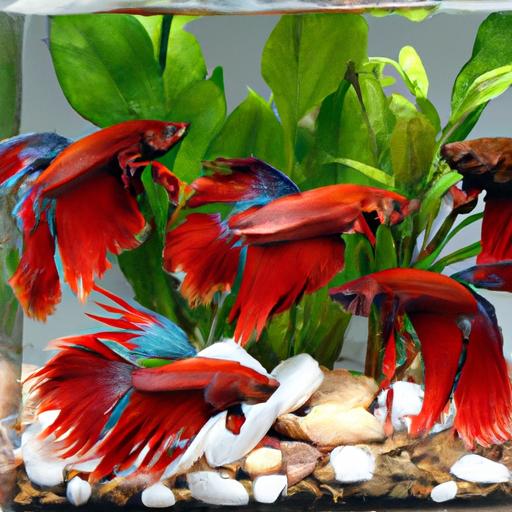
Creating a Harmonious Betta Community: A Guide to Successful Tank Mates
Learn how to create a harmonious betta community in your aquarium. Discover the secrets to selecting compatible tank mates and maintaining a thriving environment.
Introduction
Are you a betta fish enthusiast looking to create a harmonious and vibrant community in your tank? If so, you’re in the right place! In this guide, we will explore the key elements of creating a harmonious betta community, ensuring the well-being and happiness of your aquatic friends. Understanding the behavior of betta fish and selecting compatible tank mates will be crucial in achieving this goal. So, let’s dive in and explore the secrets to a thriving betta community!
Creating a Harmonious Betta Community
Choosing Compatible Tank Mates
When selecting tank mates for your betta fish, compatibility is paramount. Not all fish species get along well with bettas, so it’s essential to choose wisely. Opt for fish that have similar temperaments and are not excessively territorial or aggressive. Peaceful species such as neon tetras, Corydoras catfish, and cherry shrimp often make excellent companions for bettas.
Providing Adequate Space and Hiding Spots
Betta fish are known for their beauty and elegance, but they also require personal space. It’s crucial to provide enough room for each fish in the tank to establish their territories and swim freely. Incorporate hiding spots like caves, plants, and driftwood to offer a sense of security and privacy for all inhabitants. This will help reduce stress and potential conflicts among tank mates.
Ensuring Proper Water Conditions and Filtration
Maintaining optimal water conditions is essential for the health and well-being of your betta community. Betta fish thrive in warm water with a temperature range of 75-80°F (24-27°C) and a pH level between 6.5 and 7.5. Regular water testing, proper filtration, and regular water changes are necessary to keep the tank environment stable and prevent any adverse effects on your bettas and their tank mates.
Monitoring and Addressing Aggression
Even with careful selection, occasional aggression may arise among bettas and their tank mates. It’s important to monitor their behavior closely and be prepared to intervene if necessary. If aggression becomes an issue, you can rearrange the tank’s layout, introduce more hiding spots, or consider removing the aggressive fish to a separate tank. Each situation may require a unique approach, so be attentive and proactive when dealing with aggression in your betta community.
FAQ (Frequently Asked Questions)
Can bettas live with other fish?
Yes, bettas can live with other fish, but it’s crucial to choose compatible tank mates that are peaceful and not prone to nipping or aggression. Selecting appropriate tank mates and providing ample space and hiding spots will help create a harmonious betta community.
How many tank mates can I add to the betta tank?
The number of tank mates you can add to your betta tank depends on the size of the tank and the specific needs and behaviors of the chosen fish species. It’s important not to overcrowd the tank, as this can lead to stress and aggression. Research the requirements of each species and consult an expert to determine the ideal number of tank mates for your specific setup.
What should I do if my betta fish shows signs of aggression?
If your betta fish displays signs of aggression towards its tank mates, it’s essential to address the issue promptly. Consider rearranging the tank, adding more hiding spots, or removing the aggressive fish to a separate tank. Monitoring the behavior closely and being proactive in resolving aggression will help maintain a harmonious betta community.
Can I keep male and female bettas together?
Keeping male and female bettas together is generally not recommended, as they can be aggressive towards each other, especially during the breeding season. It’s best to keep them in separate tanks unless you have experience breeding bettas and a suitable setup to accommodate their needs.
Conclusion
In conclusion, creating a harmonious betta community is an art that requires careful consideration and attention to detail. By choosing compatible tank mates, providing adequate space and hiding spots, ensuring proper water conditions and filtration, and monitoring and addressing aggression, you can establish a thriving and peaceful betta community. Remember, the happiness and well-being of your bettas and their tank mates should always be the top priority. So, follow these guidelines, and enjoy the beauty and serenity of your harmonious betta community!
Note: For more information on maintaining ideal conditions for a vibrant betta tank or creating a colorful betta community, check out our comprehensive guides on ideal conditions for a vibrant betta tank and ideal conditions for a colorful betta community.
